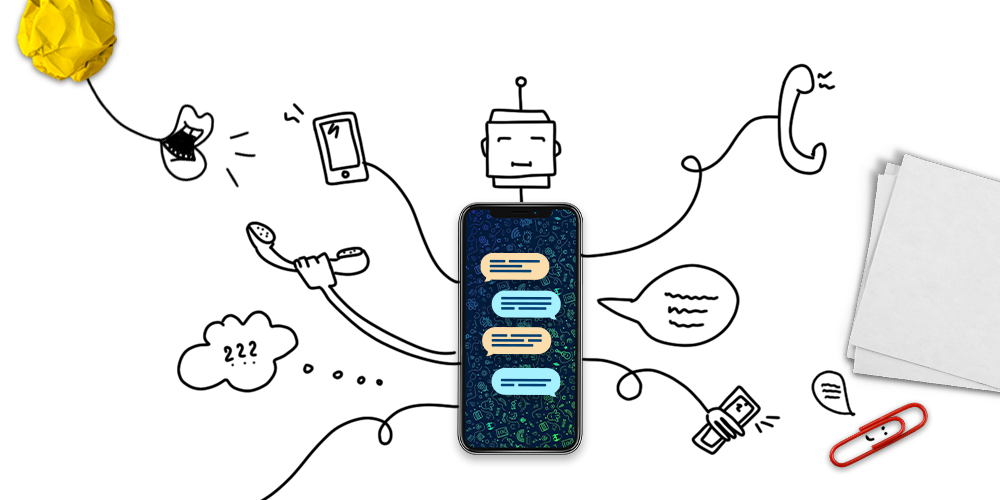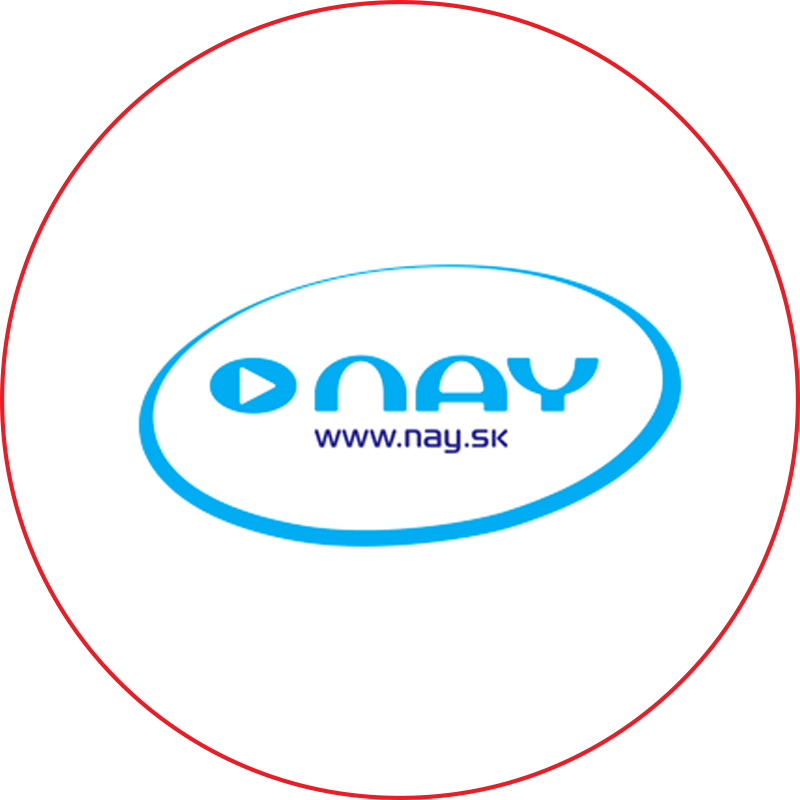WHAT YOU CAN AUTOMATE IN CONTACT CENTER
GOODS ORDERING
What the robot does
At the end of the agent’s conversation with the customer, the robot takes over the recorded data and enters the ordering system. There it verifies the availability of the product, creates an order, sends information about receiving the order to the customer, and sends a request to the warehouse to send the goods. By allowing agents to service other customers in the meantime, the number of calls they can handle is automatically
increased.
PROCESSING A REQUEST FOR A CONFIRMATION
What the robot does
At the end of the conversation with the client, the robot takes the data obtained by the agent and enters the system to obtain any additional information needed to issue the certificate. After obtaining all the necessary information, the robot can issue the certificate and send it to the client by email. If the certificate is to be delivered by post, the robot will put it into the printing queue. Therefore, the agent does not have to create a request for the back office and the back-office staff do not have to issue the certificate manually.
EXISTING CUSTOMER VERIFICATION
What the robot does
After starting the call and obtaining basic information from the caller, the robot enters the internal system and finds out whether or not the caller is an existing customer within a few seconds. By involving the robot, the time for customer verification is significantly reduced and the agent can fully focus on the client’s requests.
THE AVAILABILITY OF GOODS IN STOCK OR AT STORES
What the robot does
During communication with the client, the agent types the name of the product that the customer is interested in. Immediately after this information is entered, the robot enters the system and searches for the product. Within a few seconds, the agent is shown its availability in the warehouse as well as at individual stores.
ORDER CANCELLATION
What the robot does
When a contact centre agent records all the necessary data, the robot reads the order number, enters all the necessary systems (such as the relevant SAP, contact centre, and third party applications), cancels the order, informs the logistics department and the transport company, sends a request for a refund, cancels the order to dispatch the goods from the warehouse, and sends the information to the customer that the order has been cancelled along with information on any next steps. Thus, the agent does not have to click through different systems and create tickets for the back office, and they can spend time doing more beneficial activities instead. The robot will take care of the entire process.
WHAT DOES THE RPA IMPLEMENTATION LOOK LIKE?
CONSULTATION
The first thing that is needed is a meeting where we can talk to your IT department and the people who have been performing the processes you wish to automate. Together we will set up and define the necessary access rights.
MEETING
Meetings are usually about two to three hours long, and they do not have to be in person: conference calls via Skype, Teams, Webex,Zoom, and so on are enough.
PROPOSAL
Based on these meetings, we will document the process and propose how it should be automated.
AUTOMATION
We automate processes in the existing systems that you normally use. We do not create any new systems or modify existing ones.
REFERENCES
HOW LONG DOES AUTOMATION TAKE?
The automation itself does not take long. We are able to deliver a complete and implemented robot for your systems within three to four weeks from the first meeting.
WHAT IS THE RETURN OF INVESTMENT IN RPA?
The return on investment in software robots ranges from six to twelve months. The complexity of the actual implementation is minimal compared to implementing a new system.
SOFTWARE ROBOTS IN CONTACT CENTRES
POST-CALL ACTIVITIES
- Automatic process initiation based on the input immediately after the end of the call or chat
- Various system updates, copying data from one system to another, and application or database synchronization
- Creating process “buttons” in existing applications
BACK-OFFICE PROCESSES
- Automatic processing of back-office tasks
- Document or request processing, code generation, invoice issuing, automatic verification of the entitlement to an instalment calendar, and payment or money
refund processing - Data validation and process automation in the case of non-standard processes or exemptions
- Controlled workflows: the orchestration of processes combining the work of humans and software robots
CUSTOMER SELF-SERVICE
- Chat channel/chatbot, web, email or IVR connected to robots that automatically respond or perform a process (such as order processing or order cancellation)
- Customer request processing automation through integration with a helpdesk portal or a contact centre
AGENT ASSISTANT
- Advisory: an interactive robot conducting necessary transactions in real time
during a call/chat with a customer (e.g., the calculation of an entitlement
to a discount, instalments, or the actual processing of a customer’s request,
including new service activation and data changing) - Customized agent console with real time data pulled in from various company systems helping to serve the customer
- Omnichannel: an integrated agent platform for connecting various communication channels into a single platform



